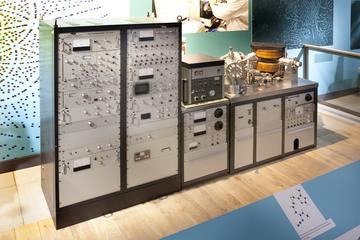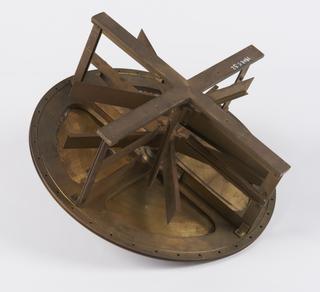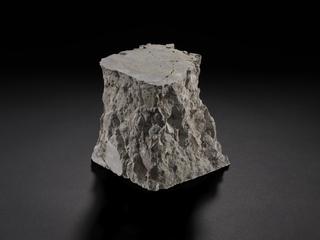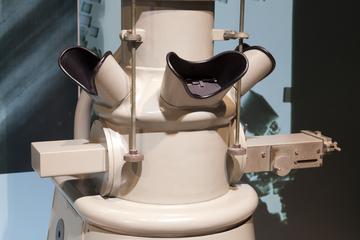
Calorimeter used by James Joule in experiments on the condensation of air








Calorimeter used by James Joule in experiments on the condensation of air, c.1845. Made by hermetically sealing two vessels together to create an air gap.
Used by James Joule, 1844 in experiments on the condensation of air, published in 1845. Used to see how much work was done as the air expands and contracts. Joule described it thus: ' It was important to employ, for the purpose of containing the water, a vessel as impermeable to heat as possible. With this view, the smaller jar was placed within the larger one, and the interstice between the two was closed hermetically. By this means a stratum of air nearly the same temperature as the water was kept in contact with the sides and bottom of the inner jar. The jars used in the other experiments which I shall bring forward were constructed in a similar manner'.
Details
- Category:
- Scientific Instruments & Research
- Object Number:
- Y1969.5.9
- Measurements:
-
overall: 215 mm x 25 mm, 240 mm,
- type:
- calorimeter
- credit:
- Gift of University of Manchester Institute of Science & Technology




